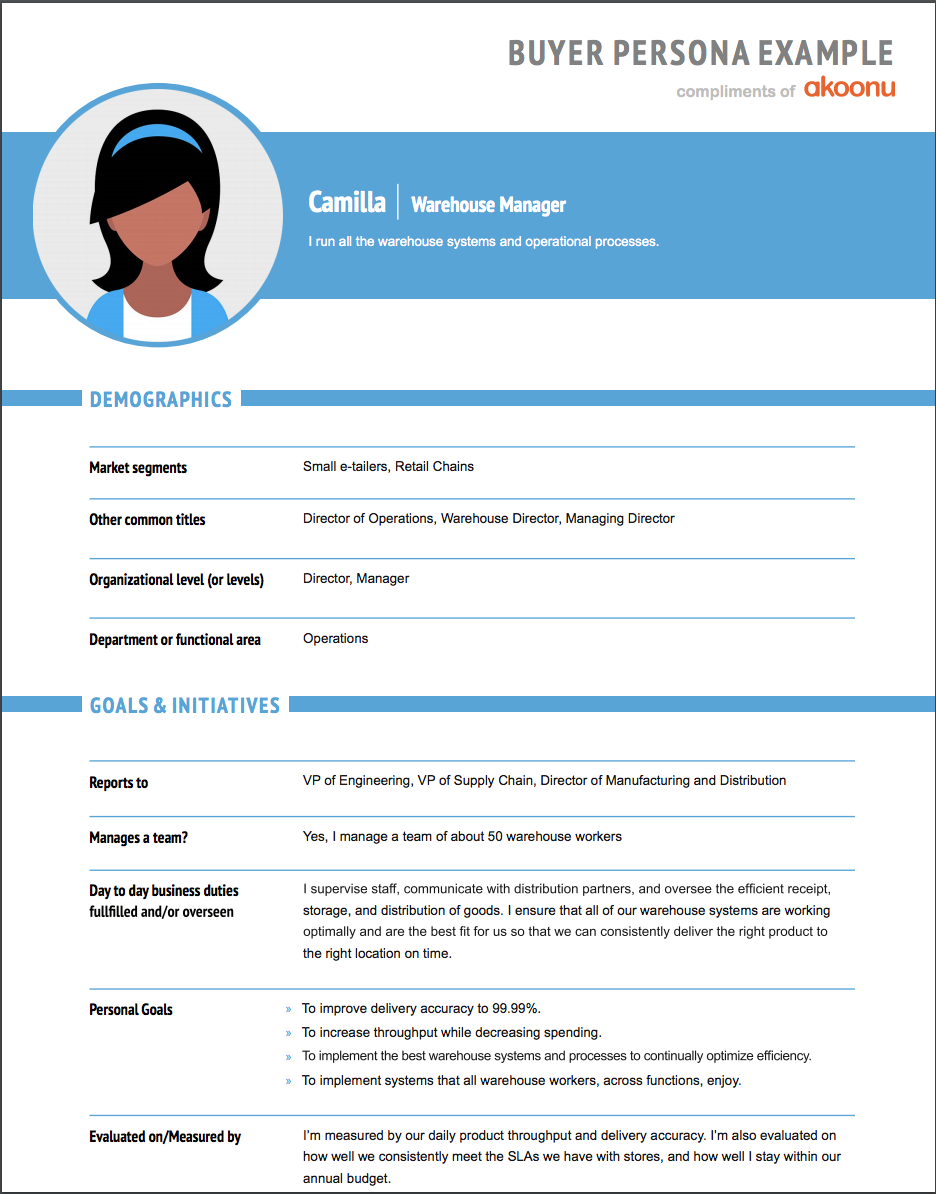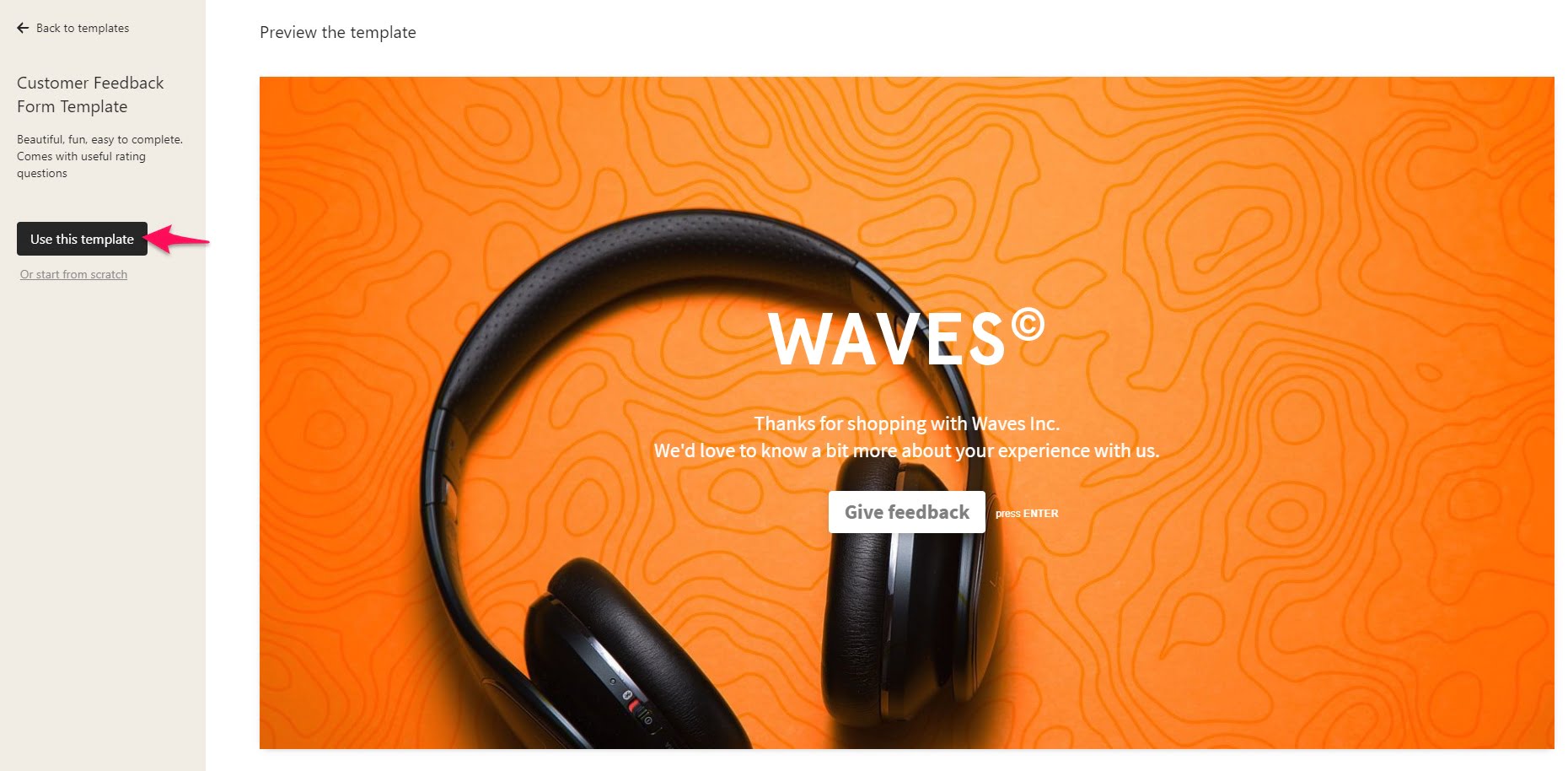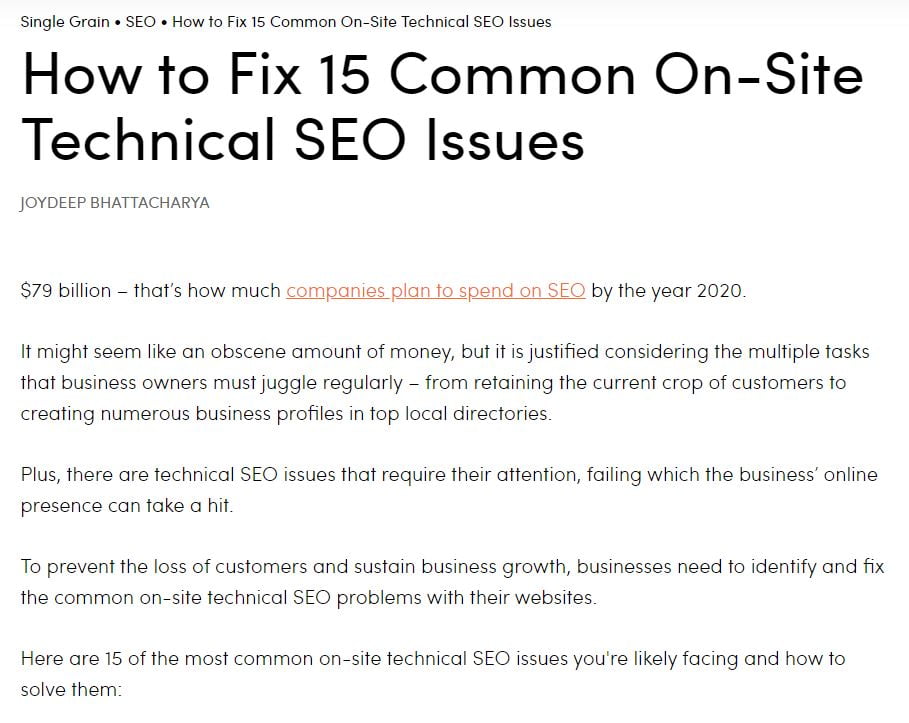Tens of thousands of years ago, cavemen wanted a better way to communicate and leave messages where they traveled.
How did they do that?
Stories.
While their stories were mostly in the form of cave art, it’s not far from what we have today.
Storytelling is an incredible way to capture attention, create emotion, and push customers to take action.
But, why is storytelling so powerful? How can we use it to market products and businesses?
You’ll be learning that and more below. 😎
What is the storytelling technique in copywriting?
Storytelling is regularly used in copywriting to increase the engagement of campaigns.
This is possible because stories affect us on a very deep level.
And, do you know why?
Because they’re emotional, and–whether you realize it or not–our emotions drive most of what we do.
That means stories can be engineered to make customers feel certain emotions that prompt them to take action, like buying a product, getting a consultation, etc.
Paul Zak, author, and professor at Claremont College, believes that storytelling is so effective because it releases oxytocin.
This is the neurotransmitter that creates a deeper connection and trust with someone, in this case, your brand.
Stories aren’t as simple as “Hey, I took my dog for a walk, and it was nice,” unfortunately.
You can’t expect sales to be raining in after a story like that.
Instead, you need to use the following storytelling techniques.
How to write good stories
There’s no single way to write a story, or right way, for that matter.
Stories, like all forms of copywriting, are flexible and use many different strategies to create a unique masterpiece.
Think of yourself like Picasso painting a work of art.
Here are some of the main strategies you can begin writing epic stories readers can’t wait to finish.
Make it relatable to the audience
One of the most important concepts of effective storytelling is to make sure it relates to the audience.
Otherwise, it will be more dry than a piece of cardboard.

This stems from understanding the audience like the back of your hand.
How do you do this? Multiple ways, actually.
The first of which is developing a buyer persona.
It’s a personification of your ideal customer, mapping out their demographics, psychographics, values, and other traits. It looks like this:

Don’t sweat if you lack detailed information about your customers. It can–and will–be refined over time.
Additionally, it’s wise to survey your customers to get information straight from the horse’s mouth.
I recommend using a free tool like Typeform to create a quick questionnaire for customers.
Here’s how:
Step 1: Register for an account
Begin by signing up for an account via the “Sign up free” button.

Fill out the registration form on the next page with your name, email, and password.
You will also need to activate your account via an email link afterward.
Step 2: Use a Typeform template
Choose the customer feedback template from the Typeform dashboard.

Then, accept it on the following page next to the preview.

Click the edit button next to any element to adjust the text, questions, and images.

You should consider asking questions like:
- What prompted you to purchase from us?
- What problems were you experiencing before using our product?
- What emotions did our product give you?
- What values do you look for in a brand?
- Sum up the experience using our product.
- Etc.
The goal is to get emotion-oriented answers from clients. This will give you a better idea of how to craft stories that resonate with them.
That brings me to the last step.
Step 3: Send out your survey
Typeform offers several ways to send out forms. The first of which is by clicking the “Share” button and sending your special link to customers via email or another channel.

Alternatively, as you can see below the share link, forms can be sent via email integration, chatbot, or embedded into a web page.
Always create an emotional tone
Stories are emotional.
Imagine this…
A bunch of our early ancestors sitting around a fire. One man is telling a story of hunting in the wild, seeing lions, and running from monsters.
Everybody’s faces would look like this:

That’s why you need to ensure that your stories involve emotional situations.
Most importantly, emotional responses activate several parts of the brain, including the frontal cortex.
This area is responsible for emotion, language, and problem-solving.

The effects on the brain often last several days, as well. Have you ever heard or read a story and kept thinking about it?
It’s similar to when a song keeps playing in your head. It fired specific neurons and made such a great impact that it kept repeating. Stories do the same.
You can create an emotional tone and achieve this effect with the following techniques:
- Create suspense: Building up to the climax of a story is a surefire way to get readers on the edge of their seats. Give them some of the juicy information, but not everything. This will encourage them to keep reading.
- Induce empathy: Talk about how an individual experienced a hardship and, as I mentioned previously, make it align with the reader’s situation. They will align with the story and the solution you provide.
- Offer hope: While storytelling often entails trials and tribulations, it’s good to be uplifting, too. Show how a character overcame obstacles and came out on top. (More on that strategy next.)
Use the classic hero formula
Think about any Disney or childhood hero movie. They all have the same plot.
The main character receives a call to adventure, saving a princess, slaying a dragon, etc. The usual stuff.
They then set out on this grand adventure and, of course, face many obstacles along the way.
The hero eventually becomes the victor, achieving their goal and returns back to be hailed.
We can learn a thing or two from these movies.
You can apply this formula to your own story by:
- Clearly defining the main character. This could be yourself or a customer, for example.
- Explaining the problem they experienced and the symptoms of it.
- Detail how they solved the problem and how readers can apply the same solution.
The digital marketing agency Single Grain uses this tactic on one of their blog posts about SEO, as you can see here:

What’s the story about? Companies who use SEO.
What’s the obstacle? Preventing loss of customers and fixing common SEO problems.
What’s the solution? Reading the rest of their article!
This is also a great example of being creative. A story doesn’t have to be extremely detailed, with characters, backgrounds, and detailed plots.
It can be as simple as painting a picture for readers to imagine themselves.
Use testimonials as stories
Did you know that five-star rated products receive a vast majority of online orders?

Why is this?
Because social proof is an extremely powerful tool.
And, guess what?
They’re simply just stories.
Testimonials always appear in the same form–the customer explains a problem they were facing, how they discovered the product, and the impact it made on their life.
Look at this review for digital marketing training from the company Target Internet to see what I mean:

At first glance, it looks like any other testimonial floating around the internet.
But, if you read it carefully, it’s Rhodri’s(the customer) story about attending the workshop and how it affected them.
This is why I suggest adding testimonial stories to sales pages, landing pages, and other areas where it can help leads convert.
Is there a villain to fight against?
Everyone loves a good villain.
Otherwise, stories would be boring, right?
Defining an enemy within a story also creates the concept of teaming up against them.
It makes the reader feel like you’re both on the same side.
Look at Anton Kreil, for instance. He teaches customers how to be wealthy through investing.

Throughout his content, he sprinkles in the idea that brokerages, banks, and other financial institutions are all bad guys out to steal your money.
It sets the tone for his brand where it feels like he’s the only one exposing the industry, has your back, and together you’ll bring down “the man.”
Brilliant!
Brainstorm an enemy that you and your readers can fight against to make the world a better place in the next story you write.
Tell a personal tale
Customers want to connect with other people. Not brands. Not logos. But rather, real humans.
That’s why telling your own personal stories can be so compelling.
They make you vulnerable and show a side that not many people see. This helps customers trust you and feel like you’re their friend.
For example, how did you start your company? What obstacles did you face along the way? Do you have anything inspiring to share with the audience?
I used to listen to a podcast called The My Wife Quit Her Job Podcast, and the founder Steve Chou is a master at this.
Look for yourself:

This is the about page for their website where he promotes his podcast, training, and more.
Instead of boring users to sleep, Steve tells the story of how he and his wife suffered from laziness which prevented them from striving for more.
I’m sure a lot of people can relate to that.
Eventually came the dreaded day when his wife quit her job(hence the brand name) while they were having their first child.
She launched an e-commerce business selling wedding linens and replaced her six-figure salary in one year.
This leads perfectly to their content and products around e-commerce.
Copywriting storytelling examples to learn from
Now that you’ve learned the ins and outs of copywriting stories, I’d like to share some real life examples of these techniques in action.
Look for yourself. 👇
Microsoft’s case study on Porsche
Porsche Holding and Microsoft partnered up in 2019 to integrate the cloud into Porsche’s workplace. That’s cool and all, but the story they used is what’s important:

The paragraph begins by mentioning Porsche began in the 40s as a family-owned business with siblings Louise Piëch and Ferry Porsche.
This is a nice personal touch that makes readers understand the people behind the brand. That’s very important since luxury brands are always associated with logos.
Then, stating the company now owns all Volkswagen Group brands instantly gives you a clear picture of how much success they’ve achieved.
It then finishes by stating the family’s roots play a big role in the company culture.
That aligns perfectly with the case study, which is about improving the work culture through the cloud.
That’s another thing to keep in mind: how can you align a story with the goal of the copy?
The history of Lamborghini
I love cars. So, I had to include a couple of examples of car brands since they often have incredible stories.
Lamborghini is no exception. 🐂
The about page is one of the most underrated places to include a great story.
Most are filled with buzzwords and boring text. You know, the usual “We are X company doing Y and have won Z awards.” Cool, but nobody cares.

Lamborghini, on the other hand, has an about page that reads as good as their cars look.
The beginning of their company’s history page starts by outlining the owner of Lamborghini and his experience building tractors after World War II.
He also had a dream of building the best supercar in the world.
Despite people thinking he was mad, he stuck to his guns.
The remainder of the copy touches on the buildup to his success, the achievement of the brand’s first car made, and where they stand today.
Note how it uses a similar formula, as I explained earlier, involving a character, an obstacle, and finally obtaining victory.
The Ogilvy agency
Unless you’ve been living under a bridge, you know that David Ogilvy is one of the greatest advertisers to ever live.
So, it should be no surprise that his agency has a great story on its website. And, who said stories have to be long?

Theirs is a paragraph long. That’s it. Yet, it speaks volumes.
It uses a play on words to describe that the agency began with David Ogilvy himself–and since his passing–it has returned to a singularity, but united in 83 countries and 132 offices.
It’s a beautiful homage to its founder, which creates an emotional aspect.
If there’s one takeaway you can learn from this, it’s that stories don’t have to be long if they get the point across.
Wrapping up storytelling and copywriting
Storytelling is one of the most effective copywriting strategies albeit hard to pull off.
Stories do one thing and very well at that: creating emotion.
When humans are emotional, they are more likely to take action, remember, and connect.
Stories do all three.
The first element of a good story is that it’s relatable. You want the reader to see themselves in the story so they align with the solution, as well.
Emotion itself can be created through techniques like suspense, empathy, and hope. Jumping between positive and negative emotions is another way to keep readers glued to the page.
I also recommend trying the classic hero formula in the next story you write. This involves a call to adventure, overcoming obstacles, and achieving victory.
Customer reviews are another fantastic way to begin leveraging storytelling. Heck, all of the story is practically written for you!
Painting a villain that you and the reader can fight against is another effective story writing technique.
Last but not least, try telling a personal tale. This makes you vulnerable and shows a transparent side to you and your brand.
Learn more powerful copywriting techniques like storytelling and get mentorship in my online courses.














